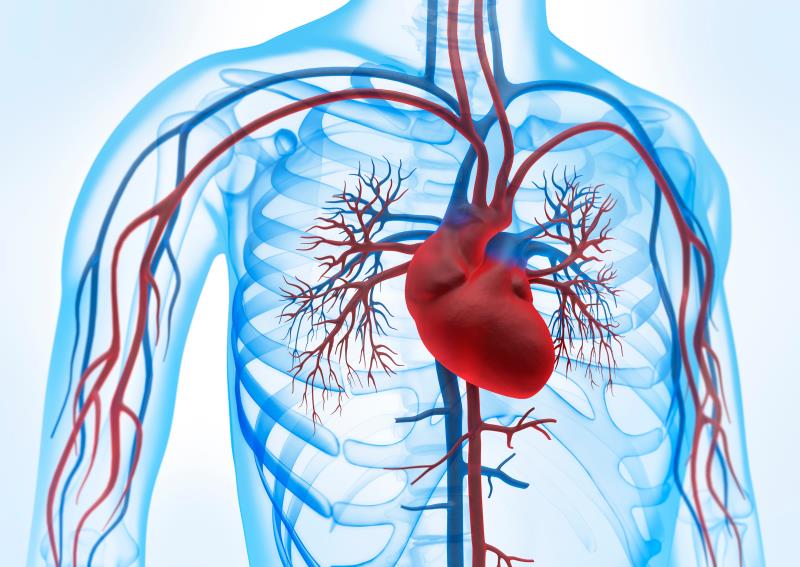
A renal resistive index (RRI) of ≥0.8 was associated with an increased risk of cardiovascular (CV) events in ASCVD* patients with preserved ejection fraction (EF) but not in those with mid-range or reduced EF, according to a study presented at ESC Asia 2019.
“RRI correlates well with systemic atherosclerotic vessel damage, which in turn causes worse CV outcomes,” said Assistant Professor Praew Kotruchin from the Department of Emergency Medicine, Faculty of Medicine at Khon Kaen University in Khon Kaen, Thailand.
Using data from the J-VAS** cohort, the researchers retrospectively analysed 1,598 patients (mean age 67.3 years, 75.6 percent male), of whom 72.7 percent had ACS*** and 27.3 percent had ADHF+. All patients were categorized according to their EF status: preserved (≥50 percent; n=1,130), mid-range (41–49 percent; n=223), and reduced EF (<40 percent; n=245). The primary endpoint of the study was a composite outcome of CV-related events, such as fatal and nonfatal ACS, ADHF, stroke, and sudden cardiac death, and RRI was used to determine the risk of CV events. [ESC Asia 2019, abstract P254]
After a median follow-up of 1.9 years, a total of 122 CV events were reported among patients with preserved EF, followed by 74 and 37 CV events in those with reduced and mid-range EF, respectively.
An RRI value of ≥0.8 was associated with an increased risk of CV events among patients with preserved EF compared with those with RRI <0.8 (23 percent vs 8.6 percent; hazard ratio [HR], 1.89, 95 percent confidence interval [CI], 1.20–2.97; p=0.006).
On the other hand, there was no significant association between RRI and the risk of CV events in those with mid-range EF (HR, 1.02, 95 percent CI, 0.44–2.33; p=0.971) or reduced EF (HR, 0.64, 95 percent CI, 0.34–1.22; p=0.172).
Among patients with RRI ≥0.8, the risk of CV events was similar between the preserved EF and the mid-range EF groups (HR, 1.89, 95 percent CI, 1.26–2.83 and HR, 1.77, 95 percent CI, 1.19–2.64, respectively).
“[In conclusion,] RRI was associated with the risk of CV events in ASCVD patients with preserved EF … and the risk of future CV events incrementally increased from preserved EF to reduced EF,” Kotruchin said.
“RRI … is a safe and noninvasive tool to [help] determine the burden [of] CV risk in ASCVD patients with preserved EF,” she highlighted.
*ASCVD: Atherosclerotic cardiovascular disease
**J-VAS: Jichi vascular hemodynamics in hospitalised cardiovascular patients
***ACS: Acute coronary syndrome
+ADHF: Acute decompensated heart failure